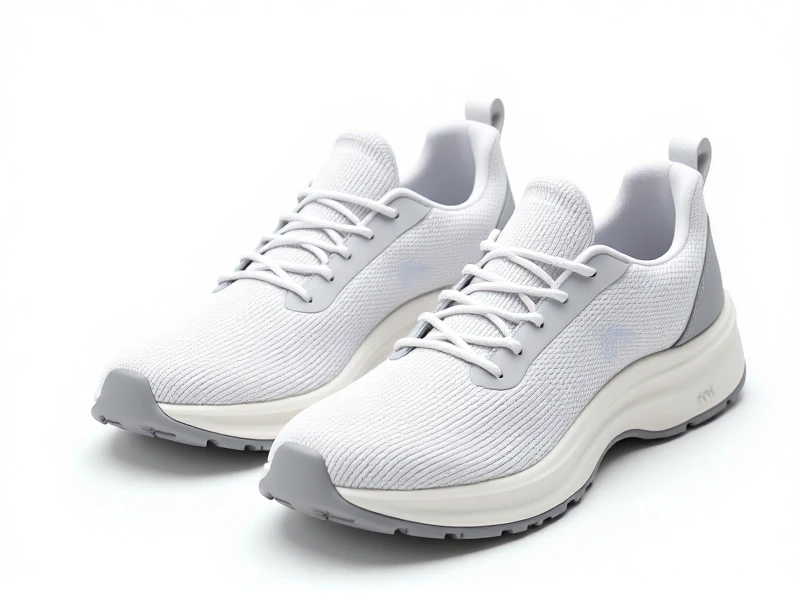
Your Guide to Finding the Perfect Pair of Basic Running Shoes
****
Stepping into the world of running – or just looking for comfortable shoes for everyday wear? Choosing the right pair of basic running shoes is the essential first step. Forget overly complicated jargon and cutting-edge gadgetry for a moment; the foundation of a good run (or walk!) rests on simplicity, comfort, and support.
These fundamental trainers aren't about pace records or marathon distances; they're designed for accessibility. Whether you're starting a Couch to 5K program, hitting the treadmill a few times a week, or simply need an incredibly comfortable pair for daily errands, basic running shoes deliver reliable performance without breaking the bank.
Why Comfort is King (and Queen!)
When searching for basic running shoes, prioritize how they feel above all else. Your foot should feel securely held, without pinching or tight spots, especially across the widest part. Ample wiggle room for your toes is crucial to prevent blisters and black toenails. A well-cushioned midsole absorbs impact, softening each step on pavement or paths and reducing fatigue on your joints. Listen to your feet during a test walk or run – instant discomfort usually doesn't improve.
Essential Support Matters
Beyond cushioning, basic running shoes provide vital support tailored to common needs. Most brands categorize their models:
- Neutral Shoes: Ideal for runners with a relatively efficient stride whose feet don't excessively roll inward (pronate). They offer balanced cushioning and flexibility. Think styles like the New Balance Fresh Foam series or Nike Pegasus Essentials.
- Stability Shoes: Designed for mild to moderate overpronation (when your foot rolls inward too much during impact). Features like firmer foam on the inside arch help guide the foot. Look at options like Asics GT-1000 models or Brooks Adrenaline GTS.
- Motion Control Shoes: For significant overpronation and flatter feet, offering maximum support and structure.
If unsure, visiting a specialty running store for a simple gait analysis can be immensely helpful in finding your support category.
Finding Your Fit & Key Specs
The best basic running shoes feel good immediately. Key features to consider:
- Weight: Lighter shoes (often around 8-10 ounces / 225-280g for men, 7-9 ounces / 200-255g for women) feel less cumbersome, especially for everyday use or beginner running strides.
- Heel-to-Toe Drop: The difference in height between the heel and forefoot cushioning. A moderate drop (8-10mm) is common and often comfortable for most beginners.
- Versatility: Many basic trainers excel not just on runs, but are perfect for walking, the gym, or casual wear thanks to their cushioning.
- Durability: Look for durable rubber outsoles covering high-wear areas, especially crucial if you frequently run on pavement.
- Price Point: Fantastic, high-quality basic trainers exist in the $60-$100 range, making them accessible to everyone.
FAQs on Basic Running Shoes:
- Q: How long do basic running shoes last? A: Typically, replace them every 300-500 miles (or roughly every 6-12 months for regular runners). If the cushioning feels flat or you notice significant rubber wear, it's time.
- Q: Can I use basic running shoes for walking? A: Absolutely! Their cushioning and support make them excellent athletic walking shoes too.
- Q: Do I need special socks? A: Moisture-wicking athletic socks are highly recommended to prevent blisters and keep feet comfortable.
Don't overcomplicate your search. The perfect pair of basic running shoes should feel like a natural extension of your foot – ready to support your first steps towards countless miles of movement and enjoyment. Focus on comfortable fit and appropriate support, and you’re ready to lace up and go!